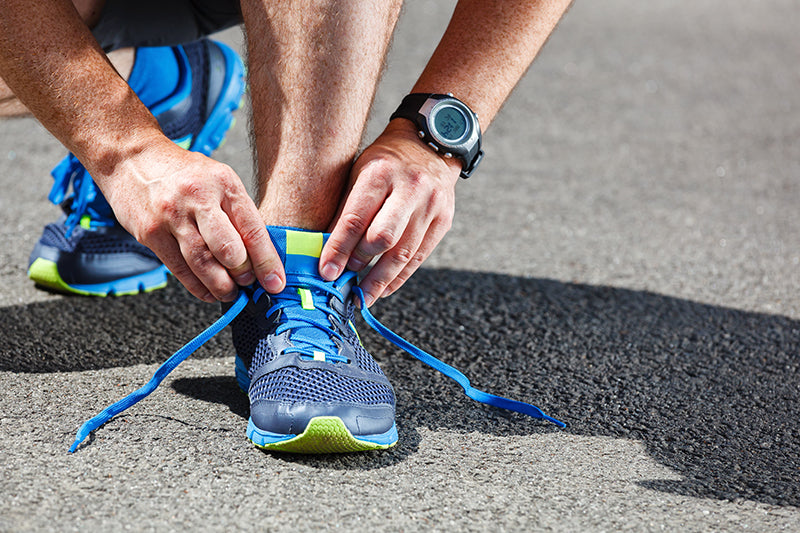
When To Replace Your Running Shoes
Share
A common question about Protalus insoles is: "How long do they last before I have to replace them?" And while we give general guidelines about the typical amount of time our insoles can be worn (4-6 months) we also try to educate our customers about what to look for when the insoles start to wear down. The same is true for running shoes. The same heat and pressure that acts on after-market insoles will also compress and deteriorate the materials of your running shoes. So when should you replace them?
The Range
First, this really depends on how often you run. Because of this, the conventional answer is every 300-500 miles, not a measurement of time. But not everyone tracks their running distance that closely, and 300-500 miles is still a big range, so it’s important to look for the signs.

Outsoles
One obvious sign is uneven wear on the outsoles of the shoes. If you flip the shoes over and see that the insides edges of both shoes are worn down but the outside edges seem about the same as when you bought them, it's not just time to get new shoes, it’s also time to have your gait checked. Generally speaking, your shoes should wear evenly across the heel, not prefer one side. When your shoes wear unevenly, they can no longer provide the support they were designed to deliver to the structures of your feet.
Midsoles
Another place to look is the midsole, or the foam layer. Most running shoes have a layer of EVA (ethylene vinyl acetate) or PU (polyurethane). If this layer appears to be compressed, or not as firm as when you first bought the shoes, it is likely that it has been compromised by the pressure you’ve put on it during wear and it’s time to swap out your shoes.
Insoles
One more place to look on your shoe is the insole. If the insole is compressed or generally misshapen compared to when you purchased your shoes, it won’t be able to provide the shock absorption, alignment, or support that your shoes were meant to provide. This will be apparent not just in the visual you get from inspecting the insole but also in the feel of the shoe.
How You Feel
This brings us to the last sign to look for. If you start to notice old aches and pains are coming back, or if the shoes fit differently than when you first bought them, it might be because they have come to the end of their wear time. It's a bit more subtle than looking right at the insole, but if you are used to listening to your body, you might notice that things just feel a little off. Materials stretch out and wear down over time so you might even sense that the shoes are looser than when you purchased them.
While it may seem like a lot to buy new running shoes every 300-500 miles, your body will thank you for doing the preventative work and provisioning the support it needs for such a high-impact activity. Beyond that, who doesn't like getting a new pair of running shoes?